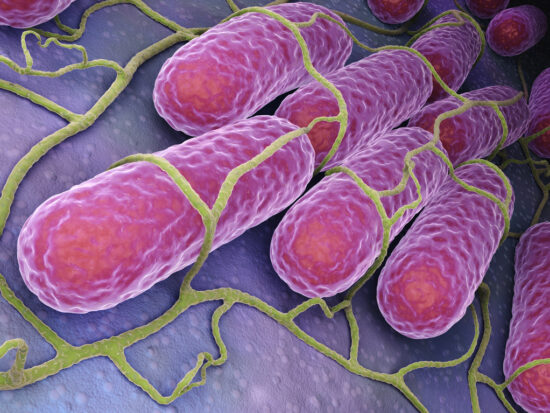Structural basis for antibiotic resistance by chloramphenicol acetyltransferase type A in Staphylococcus aureus
The authors solved the first crystal structure of the enzyme chloramphenicol acetyltransferase 1 (saCAT1) from Staphylococcus aureus, showing how the enzyme binds and modifies the antibiotic chloramphenicol (by acetylation) to prevent it from attaching to the bacterial ribosome, thereby rendering the drug ineffective. They detail key active‐site residues and measure kinetic parameters (Km ~ 16.9 µM for chloramphenicol; Ki ~ 83.7 µM for the inhibitor fusidic acid), highlighting that the inhibitor’s effect is limited and pointing to the enzyme structure as a foundation for designing new inhibitors or therapies to counteract this resistance mechanism.
AMR NEWS
Your Biweekly Source for Global AMR Insights!
Stay informed with the essential newsletter that brings together all the latest One Health news on antimicrobial resistance. Delivered straight to your inbox every two weeks, AMR NEWS provides a curated selection of international insights, key publications, and the latest updates in the fight against AMR.
Don’t miss out on staying ahead in the global AMR movement—subscribe now!







